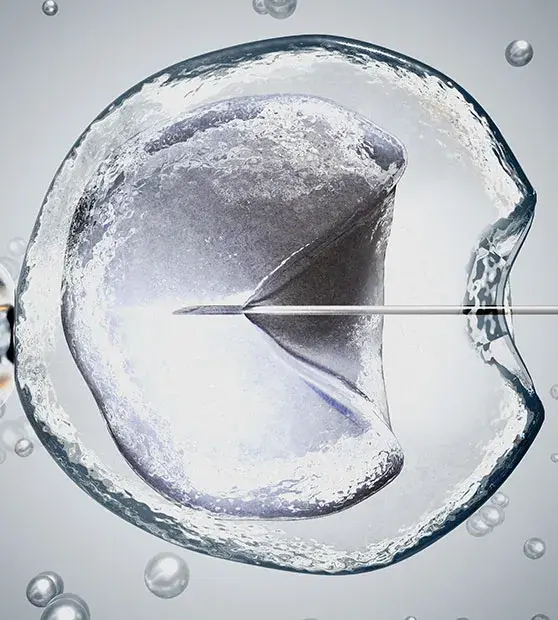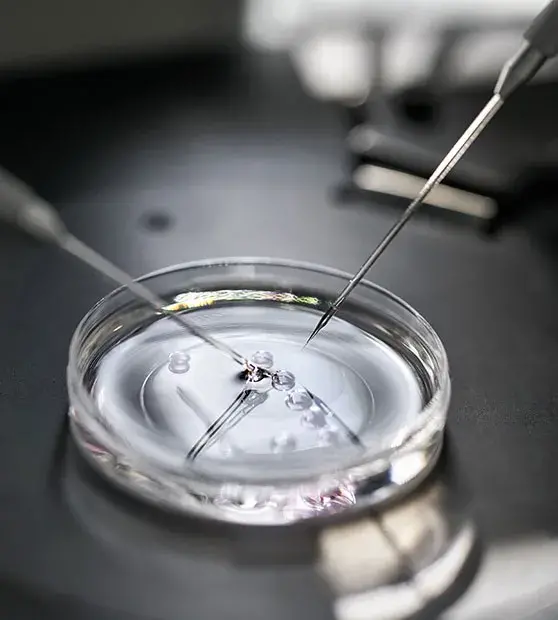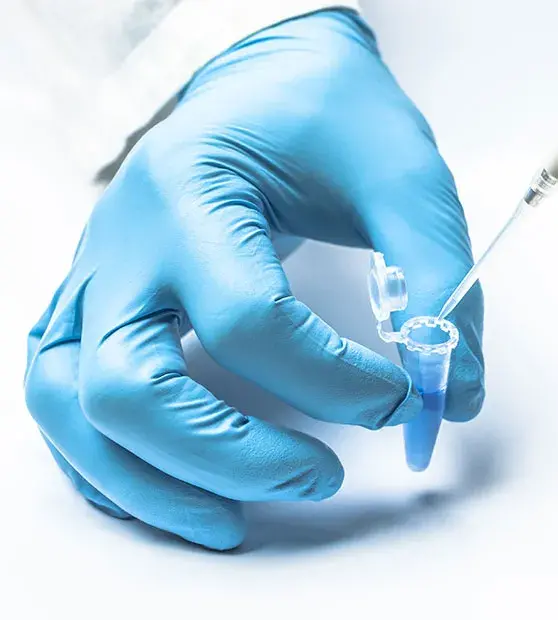Fibroids
Fibroids are non-cancerous growths that develop in or around the uterus. These often emerge during the childbearing years. These benign growths can modify the shape or size of the uterus. Fibroids are also termed Leiomyomas or Myomas.
These growths differ in size and their pattern of growth (slow or fast). A single or multiple fibroids can be present. Fibroids don′t multiply to other body parts except in some rare conditions.
What are the symptoms of Fibroids?
Generally, fibroids are asymptomatic.
Certain females do experience symptoms including:
- Prolonged menstrual periods (more than a week)
- Heavy bleeding
- Constipation: occurs if a fibroid is pressing on the bowel
- Frequent urination
- Trouble while emptying the bladder
- Pelvic cramps
- Pain in the legs and back
- Pain during intercourse
- Bloating or a sensation of fullness in the pelvis
A fibroid might often result in acute pain when it outgrows its blood supply and starts dying.
How are fibroids classified?
Fibroids are classified according to their location in the uterine wall:
- Intramural fibroids: commonly found, develop within the muscular uterine wall.
- Submucosal fibroids: project into the uterine cavity.
- Subserosal fibroids: grow on the external wall of the uterus.
Who can have Fibroids?
- These commonly occur in overweight women and in women who fail to conceive in the past.
- Fibroids occur in 20% of females in their reproductive years.
What are the causes of Fibroids?
The exact reason is unknown; however, research indicates these causes responsible for fibroids:
- Hereditary: There is a consistent link between fibroids and heredity. So if other women in your family had fibroids, you are predisposed.
- Hormones: Progesterone and Estrogen have been found to stimulate fibroid development. These hormones are responsible for the stimulation of the growth of the uterine lining during each menstrual cycle.
- Other growth factors: Insulin-like growth factor has been found to affect the growth of fibroids.
How are fibroids diagnosed?
Mostly no symptoms are seen. Thus frequently, fibroids go unnoticed. Sometimes, fibroids are seen during a regular pelvic assessment by a gynecologist. A pelvic exam determines the size and shape of the uterus.
Numerous tests help to diagnose fibroid. They are:
- Vaginal Ultrasound
- CT scan or Magnetic Resonance Imaging (MRI)
- Hysteroscopy
What are the treatment options for fibroids?
No single approach for treating fibroids exists, as there are many treatment options. The treatment type totally depends on the age, symptoms, and type of fibroid. Treatment options depend upon the outcomes (fibroid size and location) and whether the symptoms mild, moderate, or severe.
- Vigilant Waiting: Fibroids are non-cancerous. They seldom hamper pregnancy. Their growth is usually slow or not at all and appears to contract after menopause when there is a fall in the hormonal levels.
- Medications: target hormones regulating the menstrual cycle to treat fibroid complications like pelvic pain or heavy menstrual bleeding. They do not eradicate fibroids but may reduce them in size.
When is surgery recommended?
Generally, surgery is done when the fibroids result in significant symptoms.
If a female plans to conceive in the future, then Myomectomy is the only surgical option (in which the fibroids are surgically removed). In this procedure, the fibroids are removed by the surgeon, leaving the uterus in place.
Myomectomy can be of several types, based upon the size and location of the fibroids. All Myomectomies affect future fertility and carry a risk of scarring and adhesions. Also, the procedure involves the risk of undue bleeding, which may necessitate a Hysterectomy.
Myomectomy can be:
- Abdominal Myomectomy (Laparotomy): Removes fibroids present on the uterus’s external surface and the adjacent organs. An incision is done in the abdomen area.
- Laparoscopic Myomectomy: It is quite a simple and minimally invasive technique. A laparoscope removes fibroids through tiny 5-10 mm incisions done in the abdomen via the navel.
- Hysteroscopic Myomectomy: Best intervention for fibroids contained inside the uterus (submucosal). A telescope-like device is placed through the cervix. Then, fluid fills up the uterus to inflate the uterine walls. This increases the access and image of the uterus. A hysteroscope is used to eliminate the submucous fibroids.
With any technique that doesn’t eliminate the uterus, new fibroids may develop and result in symptoms.
What are the chances of returning the uterine fibroids after a myomectomy?
After a myomectomy, the risk of developing fibroid is about 30% over a period of 10 years. Patients with multiple fibroids have chance to get fibroid again compared to patients with single fibroid.




